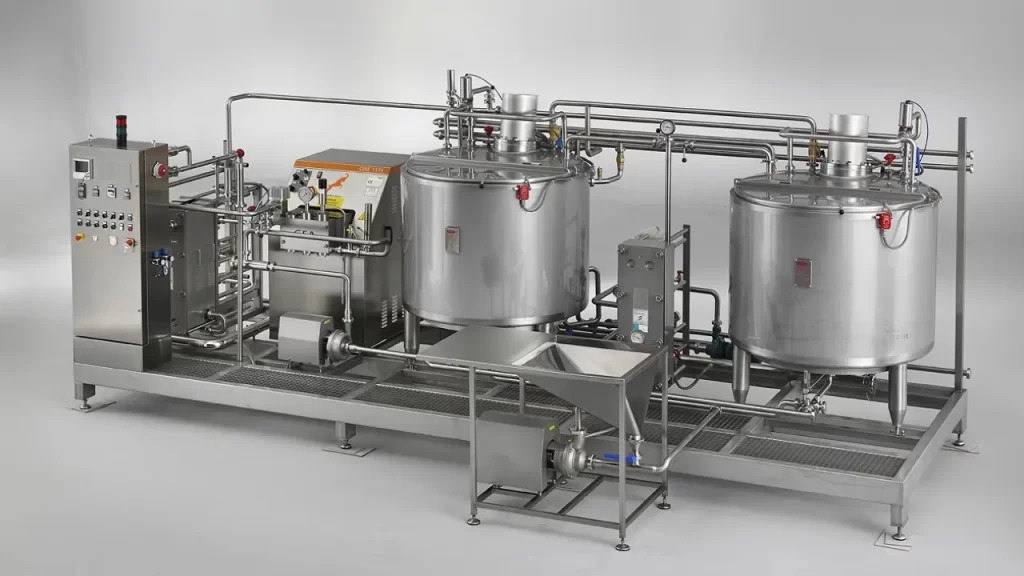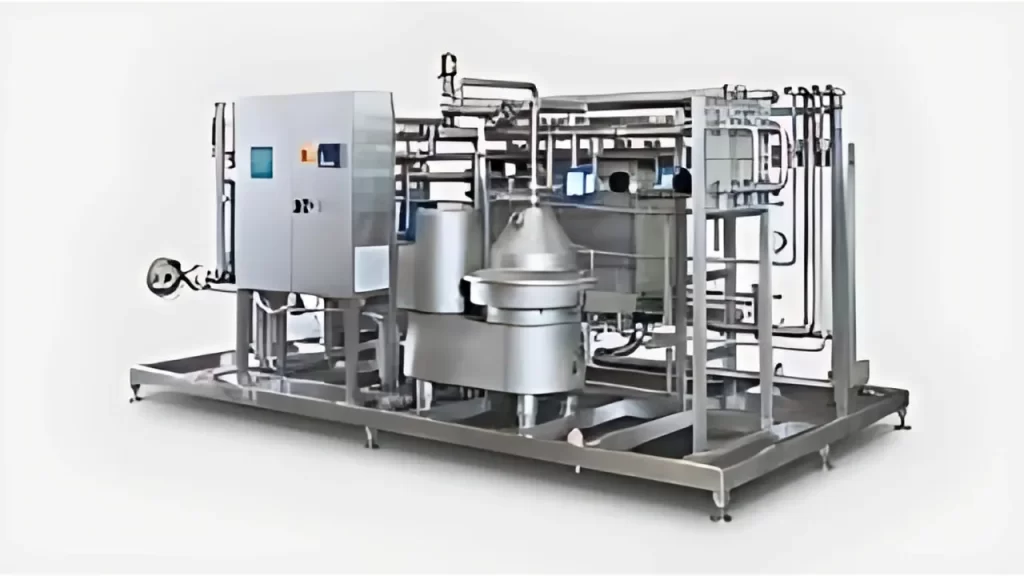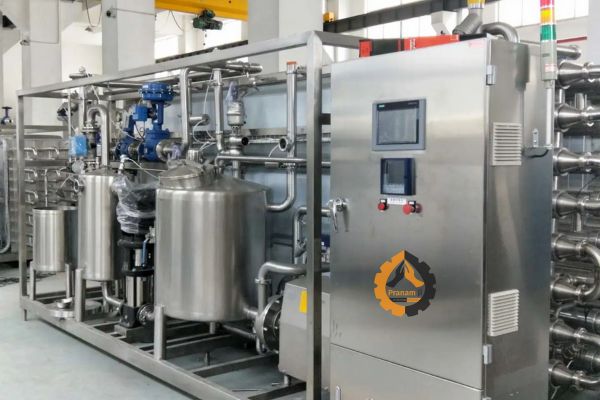How Ice Cream Is Manufactured
Pranam Ji Engineering Works manufacture and supply prime food processing equipment, including ice cream plant for production. We’ll share steps about how ice cream is manufactured, from mixing to packaging. We design, offer advanced solutions for ice cream manufacturing, from small-scale setups to large industrial plants. Whether you are checking the ice cream plant price for a large facility or want to know the mini ice cream plant price for a small business. Also Read : How to Start a Dairy Business in India Step-by-Step Process of Ice Cream Manufacturing Selection of Ingredients: The first step in ice cream manufacturing is choosing the right ingredients. Milk, cream, sugar, stabilizers, emulsifiers, and flavorings form the base of the product. Blending: Once the ingredients are selected, we are mixed together in large blending tanks. This ensures uniformity in the mixture. At this stage, sugar is dissolved, and stabilizers are added to improve the texture and prevent ice crystals from forming. Pasteurization: The blended mixture is then pasteurized—heated at a high temperature for a short period of time—to kill harmful bacteria. This step ensures food safety and improves the product’s stability. Homogenization: After pasteurization, the mixture is homogenized. This process breaks down fat globules into smaller particles, ensuring a smoother and creamier texture for the final ice cream. Cooling and Aging: The mixture is cooled rapidly and kept in aging tanks for a few hours. Aging improves the whipping qualities of the mixture, giving ice cream its light and fluffy texture. Freezing: Air is incorporated into the mixture during freezing, which makes ice cream soft and scoopable. This step also prevents the formation of large ice crystals. Flavoring and Mixing Additives: At this stage, different flavors, fruits, nuts, chocolates, or syrups are added to the base mixture. The customization possibilities are endless, and this is where brands create unique and signature flavors. Packaging: Finally, the ice cream is packed in cups, cones, tubs, or bulk containers depending on the market demand. The packaging process is done quickly to maintain freshness and quality. Storage: The packaged ice cream is hardened at very low temperatures before being stored and distributed. We ensure that the product remains stable during transportation and has a longer shelf life. Ice Cream Plant Price The cost of a full-scale industrial ice cream plant depends on factors like capacity, automation level, and customization. Large plants may require a higher investment but deliver large-scale production with excellent efficiency. For startups, small-scale setups or mini ice cream plants are often the best choice, as we require less investment while still delivering quality output. At Pranam Ji Engineering Works, We offer a wide range of ice cream plant solutions designed to match different budgets and production goals. Whether you are exploring affordable options for a mini ice cream plant price or planning to invest in a fully automated large unit, we ensure competitive pricing without compromising on quality. Our Plants are built with advanced technology, durable materials, and user-friendly designs, making them a smart investment for long-term business growth. Pranam Ji Engineering Works provide complete ice cream plant manufacturing solutions – from mixing tanks to packaging units – tailored to your business size and goals.
How Ice Cream Is Manufactured Read More »




